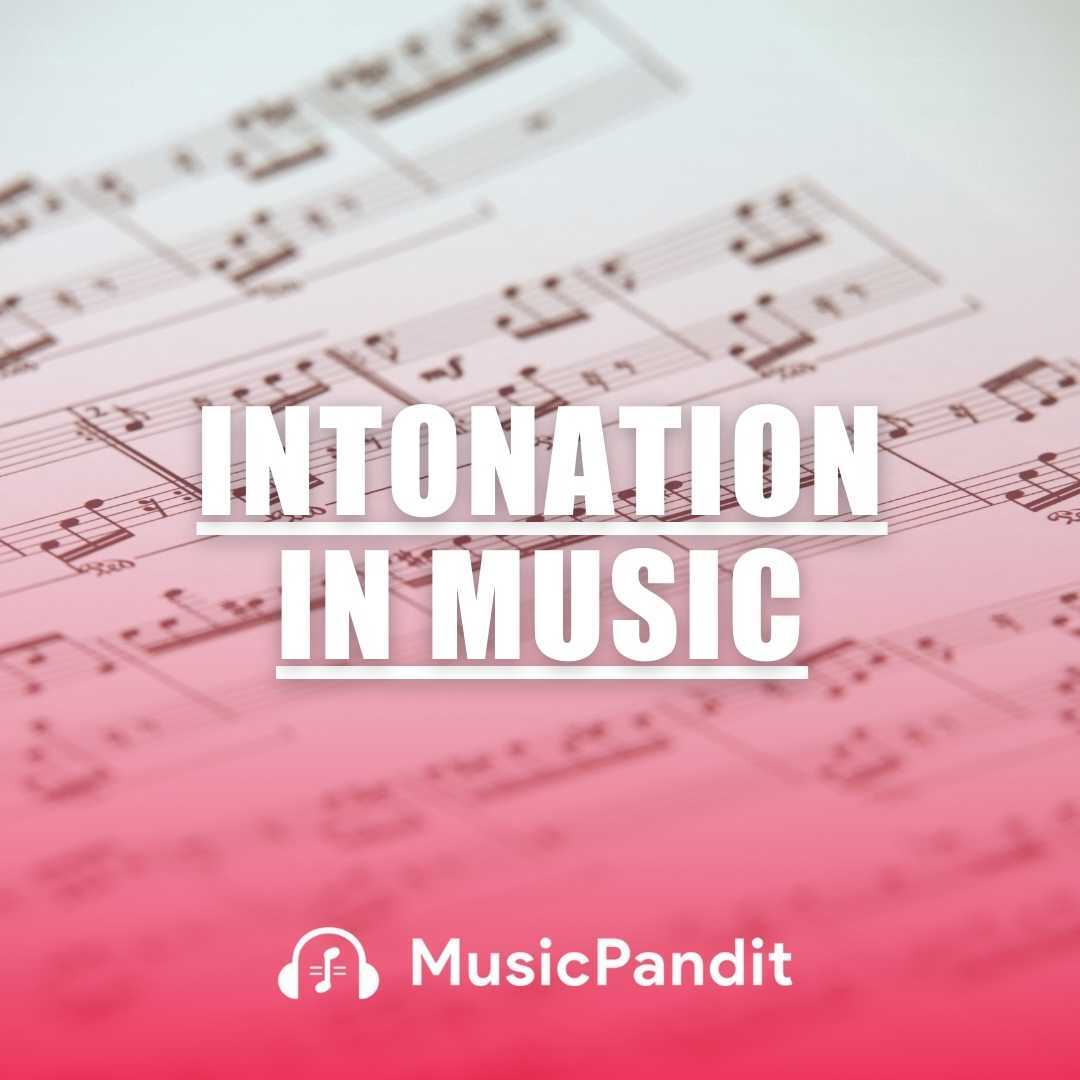Pitch is a fundamental aspect of music that influences how melodies and harmonies are created and perceived. For young music students, understanding pitch is essential to improving their musical skills and appreciating the art of music. This article aims to provide a detailed and comprehensive guide to pitch in music, explaining its definition, importance, how to hit the right pitch, pitch correction, natural ability, uses, benefits, and related topics.
What is Pitch?
Pitch refers to how high or low a sound is. It is determined by the frequency of sound waves: higher frequencies produce higher pitches, and lower frequencies produce lower pitches. In music, pitch is what allows us to differentiate between different notes and create melodies and harmonies.
Importance of Pitch in Music
Creating Melodies and Harmonies
Pitch is crucial for creating melodies, which are sequences of notes that are perceived as a single entity. It also plays a key role in harmonies, where different pitches are combined to produce a pleasing sound. Understanding pitch helps musicians compose and perform music effectively.
Communication in Music
Pitch helps musicians communicate musical ideas clearly. For example, singers and instrumentalists need to match pitches accurately to perform together in an ensemble. Without a good sense of pitch, it would be challenging to maintain harmony and coherence in music.
Emotional Expression
Different pitches can evoke various emotions. Higher pitches often convey excitement, joy, or tension, while lower pitches can express sadness, calm, or seriousness. Musicians use pitch to add emotional depth to their performances.
How to Hit the Right Pitch
Listening Skills
Developing good listening skills is essential for hitting the right pitch. Young musicians should practise listening to different pitches and trying to replicate them. This can be done through ear training exercises, singing along with a piano or other instruments, and using tuning apps.
Breathing and Posture
Proper breathing and posture are important for producing accurate pitches, especially for singers. Good breath control helps maintain a steady and controlled voice, while proper posture ensures that the vocal cords and diaphragm function optimally.
Vocal Warm-Ups and Exercises
Vocal warm-ups and exercises can help singers improve their pitch accuracy. Scales, arpeggios, and simple melodies are useful exercises for practicing pitch. Consistent practice helps build muscle memory, making it easier to hit the right pitch.
Using a Tuner
Tuners are helpful tools for musicians to check and correct their pitch. By comparing their sound to the standard pitch provided by the tuner, musicians can make adjustments to match the correct pitch.
Pitch Correction
Understanding Pitch Correction
Pitch correction refers to the process of adjusting a pitch to match the desired note. This can be done manually by the musician or with the help of technology. Pitch correction is often used in recording studios to ensure that vocals and instruments are perfectly in tune.
Technology in Pitch Correction
Auto-Tune and other pitch correction software can automatically adjust the pitch of a recording. While this technology is useful for creating polished recordings, musicians should still strive to develop their pitch accuracy naturally.
When to Use Pitch Correction
Pitch correction is beneficial for recordings and live performances where precision is crucial. However, it is important for young musicians to use it as a tool for improvement rather than a crutch. Developing a good sense of pitch through practice is essential.
Natural Ability and Pitch
Innate Musical Ability
Some individuals have a natural ability to recognize and reproduce pitches accurately. This is often referred to as having a “good ear” for music. While natural talent can be an advantage, it is not the only factor in developing good pitch.
Learning and Practice
Pitch accuracy can be developed through learning and practice. Regardless of natural ability, consistent practice and training can help any musician improve their sense of pitch. Ear training, singing, and playing instruments regularly contribute to this development.
Perfect Pitch vs. Relative Pitch
Perfect pitch, also known as absolute pitch, is the ability to identify or reproduce a note without any reference. Relative pitch is the ability to determine the pitch of a note in relation to another note. Both skills are valuable, but relative pitch is more commonly developed through training.
Uses and Benefits of Good Pitch
Performance Quality
Accurate pitch is essential for high-quality musical performances. Whether singing or playing an instrument, being in tune enhances the overall sound and makes the performance more enjoyable for the audience.
Musical Collaboration
Musicians who can maintain accurate pitch are better collaborators. Playing in tune with others is crucial for ensemble performances, and good pitch helps musicians blend their sounds seamlessly.
Improvisation and Composition
A good sense of pitch aids in improvisation and composition. Musicians can experiment with different pitches to create new melodies and harmonies, expanding their creative possibilities.
Music Education
Understanding pitch is fundamental in music education. It lays the groundwork for learning more advanced musical concepts, such as scales, chords, and harmonic progressions. Students with a strong sense of pitch are better equipped to grasp these concepts.
Related Topics
Scales and Intervals
Scales are sequences of pitches arranged in ascending or descending order. Understanding scales helps musicians navigate different pitch ranges and create melodies. Intervals, the distance between two pitches, are also important for understanding harmony and melody construction.
Harmony and Chords
Harmony involves the combination of different pitches to create a cohesive sound. Well, chords are basically groups of pitches played together. Learning about harmony and chords enhances a musician’s ability to create and understand complex musical pieces.
Timbre and Dynamics
Timbre refers to the quality of sound that distinguishes different instruments and voices. Dynamics refer to the volume of sound. Both timbre and dynamics interact with pitch to create a rich and varied musical experience.
Rhythm and Tempo
While pitch focuses on the vertical aspect of music (high and low sounds), rhythm and tempo address the horizontal aspect (timing and speed). Understanding how pitch works with rhythm and tempo is crucial for creating well-rounded musical performances.
Conclusion
Understanding pitch is a foundational skill for any musician. It influences melody, harmony, emotional expression, and overall performance quality. By developing good listening skills, practising regularly, and using tools like tuners, young musicians can improve their pitch accuracy. Whether through natural ability or learned skills, mastering pitch opens up numerous opportunities for musical growth and creativity. With this comprehensive guide, students can gain a deeper understanding of pitch and its vital role in music.















